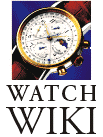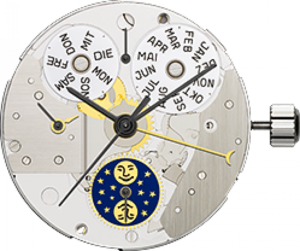 |
Brand: | ETA, Valjoux | 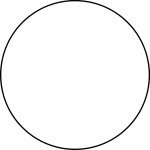
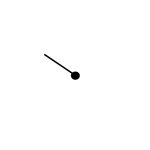
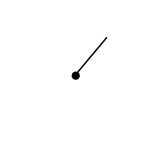
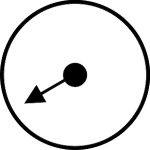
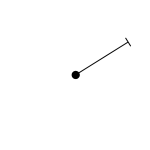


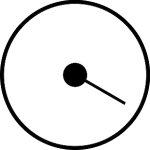


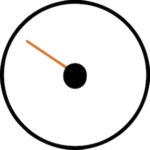

|
|---|---|---|---|
| Family: | |||
| Height: | 7.90 mm | ||
| Jewels: | 25 | ||
| Reserve: | 54 hours | ||
| Frequency: | 28,800 A/h | ||
| Winding: | Automatic, Central Rotor Automatic Winding, Clockwise Automatic Winding, Uni-Directional Automatic Winding | ||
| Diameter: | 30.00 mm (13.25 ligne) | ||
| Complications: | 2-Button, 24 Hour Hand, Cam Switching Chronograph, Chronograph, Date, Date by Pointer, Day, GMT Hand, Hacking Seconds, Month, Moon Phase, Quick Date Correction | ||
| Hands: | 12 Hour Chronograph Hand at 6:00, 24 Hour Hand at 9:00, 30 Minute Chronograph Hand at 12:00, Central 60 Second Chronograph Hand, Central Date Pointer, Central Hour Hand, Central Minute Hand, Day Window at 11:30, Month Window at 12:30, Moon Phase Wheel at 6:00, Small Seconds Hand at 9:00 | ||
| Distinguishing Technical Characteristics | |||||||||||
|---|---|---|---|---|---|---|---|---|---|---|---|
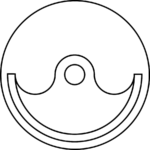 Central-Rotor Automatic  Clockwise Balance Cock  Etachron Regulator |
|||||||||||
| Production: 1986 – Current | |||||||||||
| 1910s | 1920s | 1930s | 1940s | 1950s | 1960s | 1970s | 1980s | 1990s | 2000s | 2010s | 2020s |
Introduced in 1986, the Valjoux (now ETA) 7751 is a cam-operated automatic chronograph with a day/month/date calendar and moon phase indicator. It is similar to the ETA 7750 apart from the revised calendar complications and addition of a 24 hour hand.
Although often claimed to have been introduced in 1986, the earliest mention of Cal. 7751 in Europa Star is a 1991 piece about the Philip Esterel Gauguin chronograph. The movement is referred to as a “Grande Complication”, showing how impressive it was at the time. It was also used later that year by Alain Silberstein in his Krono 2. In the following years, it was widely used, from Auguste Raymond to Maurice Lacroix.
ETA Cal. 7751 Functions
The display layout is as follows:
- Central hour, minute, chronograph seconds, and date pointer hands
- 12 hour chronograph hand and moon phase disc at 6:00
- Running seconds and 24 hour hand at 9:00
- 30 minute chronograph hand and day and month windows at 12:00
ETA Cal. 7751 Operation
The chronograph function is started, stopped, and restarted using the button at 2:00. It is reset to zero using the button at 4:00.
The movement can be manually wound with the crown in position 1. Rotate the crown clockwise to wind the mainspring.
The date and moon phase indicator is corrected using the crown in position 2. The day is corrected using a pushbutton at 10:00. Date correction is not recommended between 8 pm and 2 am, and moon phase correction is not possible between 3 am and 5 am.
The time is set with the crown in third position (pulled all the way out). Rotate the crown clockwise to advance the minute and hour hands and counter-clockwise to turn them backward.
ETA Cal. 7751 Applications
Cal. 7751 is used by many other manufacturers, often with additional finishing or complications. Some specific movements based on this include the Ball RR1403, Breitling B21 (without moon phase), Longines L678.2, Omega 1150, Omega 1151, and Omega 3606. A column wheel version is the Longines L687.2. The Sinn SZ03 is a version with a 60 minute chronograph counter.
ETA 7750 Family Overview
The ETA (formerly Valjoux) 7750 is a robust and reliable automatic movement with an integrated cam-operated chronograph function. It has spawned a family of chronograph and time-only movements and is used as a base for many complications and third-party watch movements.
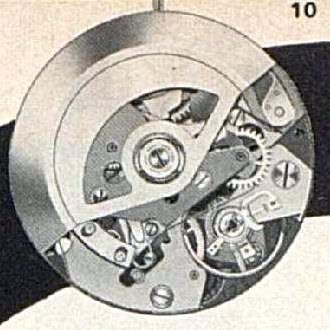
Introduced in 1974, the Valjoux 7750 was soon retired but returned in the 1980s. It has come to dominate the industry and remains popular today. Most versions of Cal. 7750 feature small seconds at 9:00 and chronograph hours and minutes subdials at 12:00 and 6:00, respectively. This “6-9-12” subdial arrangement is instantly recognizable to watch enthusiasts.
Distinguishing features of the ETA 7750 family include a smaller balance wheel than many historic movements and a small rotor hub with a slotted screw and five visible bearings. The balance is located at 1:30 when viewed from the back with the crown at 9:00, and is located by a clockwise cock. The distinctive Valjoux regulator was used on most 7750 variants until the 2010s, with a clamp-shaped arm and “dagger” pointer. The chronograph functions use cams rather than the levers and column wheel found on many other movements.
Images are taken from official publications and are used here for commentary and educational purposes. Copyright is held by the original owner as noted.